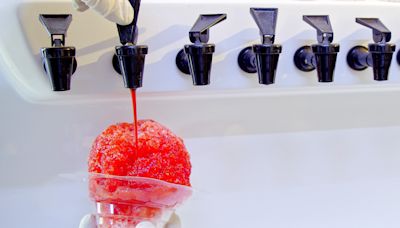Search results
Blood is a body fluid in the circulatory system of humans and other vertebrates that delivers necessary substances such as nutrients and oxygen to the cells, and transports metabolic waste products away from those same cells. Blood is composed of blood cells suspended in blood plasma.
Jun 14, 2024 · Blood, fluid that transports oxygen and nutrients to cells and carries away carbon dioxide and other waste products. Blood contains specialized cells that serve particular functions. These cells are suspended in a liquid matrix known as plasma. Learn more about the components and function of blood.
Mar 7, 2019 · Blood is a fluid connective tissue that consists of plasma, blood cells and platelets. It circulates throughout our body delivering oxygen and nutrients to various cells and tissues. It makes up 8% of our body weight. An average adult possesses around 5-6 litres of blood.
Jul 26, 2017 · Blood is the body fluid in humans and other animals that delivers the essential materials for life to the body's cells. It has sometimes been called a fluid “tissue,” because like solid tissues it contains several types of cells which perform complex functions for the human body.
Jan 16, 2024 · Blood circulates throughout the body, transporting substances essential to life. Here, learn about the components of blood and how it supports human health.
Blood, by definition, is a fluid that moves through the vessels of a circulatory system. In humans, it includes plasma (the liquid portion), blood cells (which come in both red and white varieties), and cell fragments called platelets.
Mar 17, 2023 · Blood is an essential life force, constantly flowing and keeping your body working. Blood is mostly fluid but contains cells and proteins that literally make it thicker than water. Blood has four parts: Red blood cells, white blood cells, platelets and plasma.
Oct 30, 2023 · It provides the tissues with blood gases and nutrients and in exchange transports end products (e.g. carbon dioxide, urea, uric acid, creatinine etc.) to the eliminating organs ( lung, liver, kidney ). Furthermore, it carries chemical messengers ( hormones) to their target organs.
What is blood? Blood is the life-maintaining fluid that flows through the body's blood vessels: Arteries. Veins. Capillaries. What is the function of blood? Blood carries the following to the body tissues: Nourishment. Electrolytes. Hormones. Vitamins. Antibodies. Heat. Oxygen. Blood carries the following away from the body tissues: Waste matter.
Blood that has just taken up oxygen in the lungs is bright red, and blood that has released oxygen in the tissues is a more dusky red. This is because hemoglobin is a pigment that changes color, depending upon the degree of oxygen saturation. Blood is viscous and somewhat sticky to the touch.


